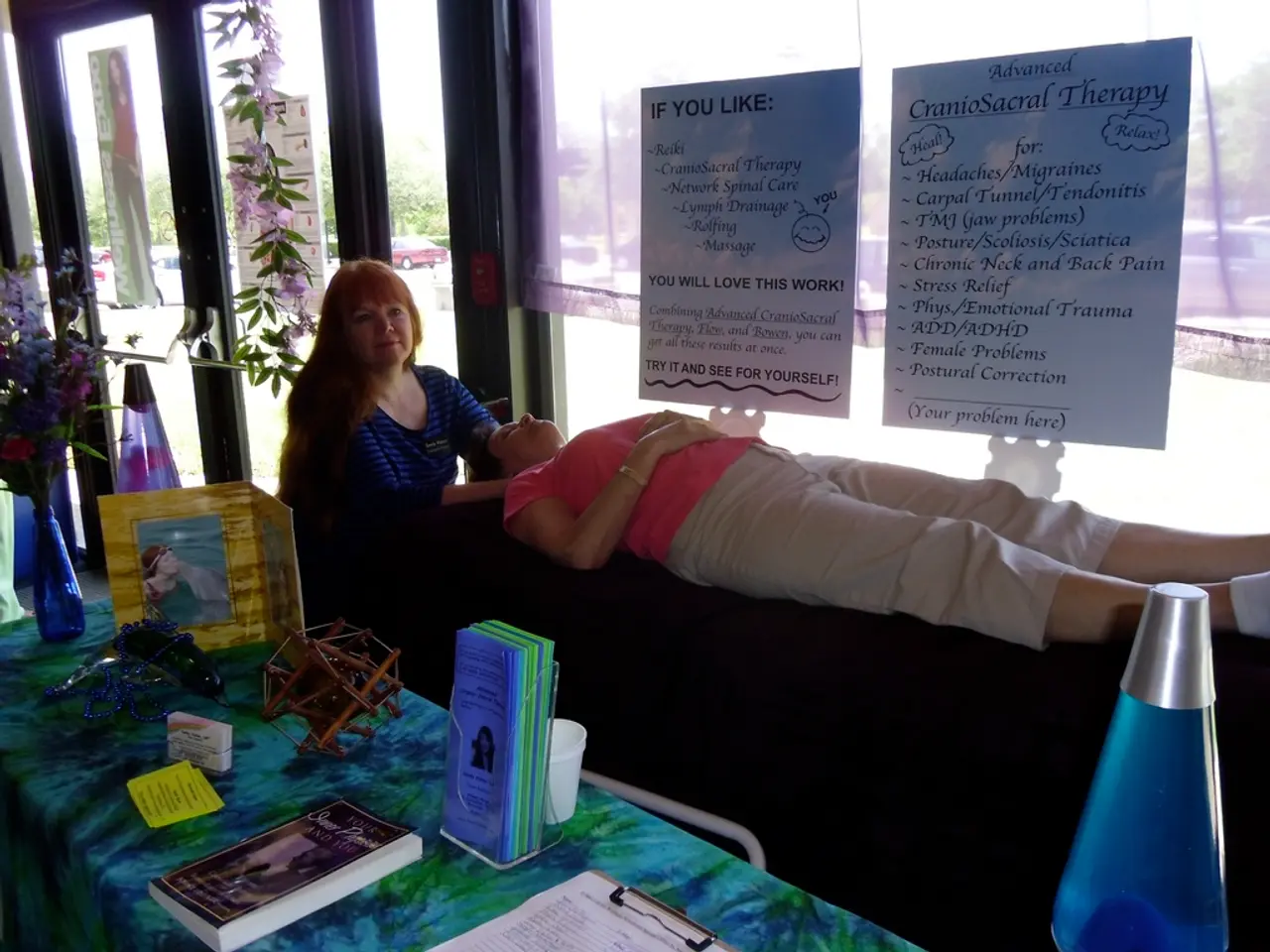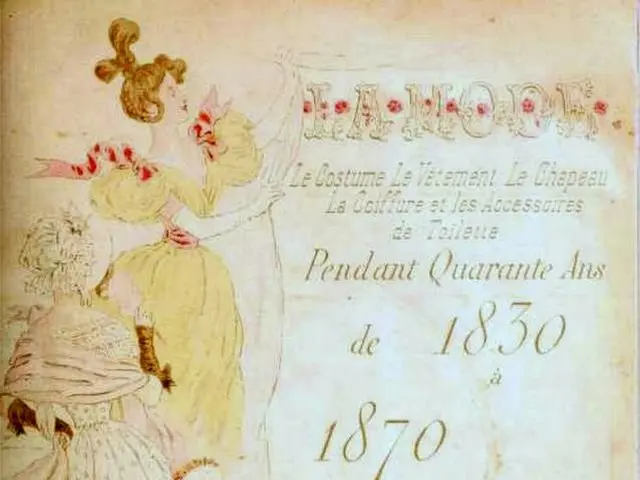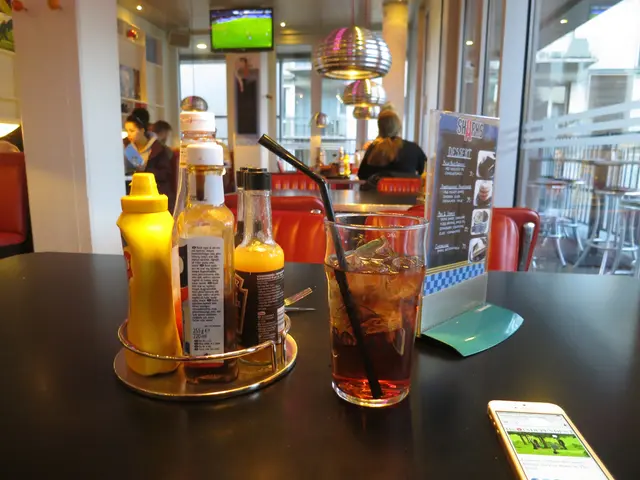Stanford's Accelerated Intelligent Neuromodulation Treatment for Mental Health: Insights on Stanford's Innovative Neuromodulation Therapy for Depression Treatment
New Depression Therapy Cleared by FDA: SAINT Offers Hope for Treatment-Resistant Cases
In a significant breakthrough for mental health treatment, the Food and Drug Administration (FDA) has given the green light for the use of SAINT, a noninvasive nerve modulation therapy, in patients with treatment-resistant depression. This innovative therapy, developed by Stanford University, delivers Stanford Neuromodulation Therapy (SNT).
Dr. Nolan Williams, Assistant Professor at Stanford University Medical Center's Department of Psychiatry and Behavioral Sciences, has been instrumental in the development and use of SAINT. He is also the director of Interventional Psychiatry Clinical Research and the University's Brain Stimulation Laboratory.
SAINT is distributed by a start-up company called Magnus Medical, based out of Burlingame, California.
The therapy involves a unique treatment protocol. It begins with MRI or fMRI to personalize the targeting of the underactive emotion-control brain region for each individual. Subsequently, the SAINT system delivers intermittent Theta Burst Stimulation (iTBS) using a figure-8 coil, which condenses a standard TMS treatment into a shorter duration. This process is repeated 10 times a day, with approximately 10 minutes for each session and 50-minute breaks between each session, for 5 consecutive days.
In a double-blinded randomized clinical trial, treatment with the SAINT system resulted in a significant reduction of depression symptoms for 79% of participants with severe depression.
While more data is needed to determine the effectiveness of SAINT, researchers are optimistic. Insurance carriers currently cover one treatment session per day and usually cap out treatment at generally 9-12 weeks for TMS and Deep TMS. It is still unclear if they will consider paying for the SAINT protocol given its 10 treatments per day.
The most common side effect of SAINT therapy is temporary, mild pain or discomfort in the area of the treatment site, which occurs during the treatment session. Compared to traditional TMS or deep TMS, the percentage of motor threshold used in SAINT is lower, which might result in fewer physical side effects.
So far, TMS treatment, which is related to SAINT, has been used for decades and has no known long-term side effects. Stimulating a very precise area for each individual leads to the re-establishment of balance in the brain, which restores a person's well-being.
SAINT is designed for people with treatment-resistant depression, offering hope for those who have not responded to other treatments. The cost of the SAINT treatment for depression varies based on the facility and geography, but most insurance carriers cover TMS and Deep TMS for treatment-resistant depression, albeit with varying reimbursement rates.
As more research is conducted and insurance coverage becomes clearer, SAINT could potentially revolutionize the treatment of depression, providing a beacon of hope for those suffering from this debilitating condition.
Read also:
- Understanding Hemorrhagic Gastroenteritis: Key Facts
- Stopping Osteoporosis Treatment: Timeline Considerations
- Tobacco industry's suggested changes on a legislative modification are disregarded by health journalists
- Expanded Community Health Involvement by CK Birla Hospitals, Jaipur, Maintained Through Consistent Outreach Programs Across Rajasthan








